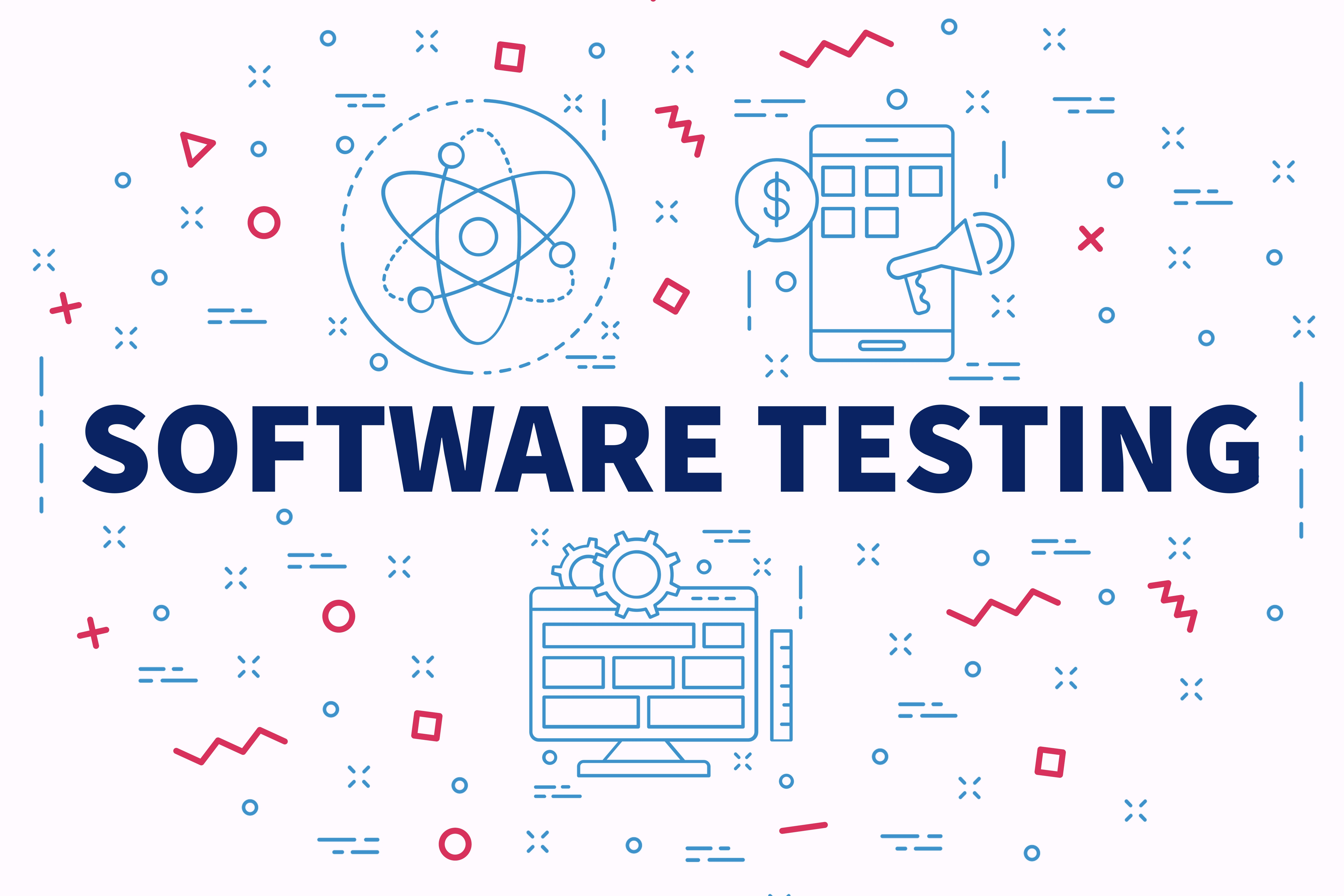 If you’ve been paying any attention at all to the world around you, you’ve probably noticed quite a bit of discussion, speculation, and hand-wringing about emerging technologies, such as robotics and artificial intelligence (AI). Much of what’s been written in the popular press and on social media centers around big, scary questions, such as:
If you’ve been paying any attention at all to the world around you, you’ve probably noticed quite a bit of discussion, speculation, and hand-wringing about emerging technologies, such as robotics and artificial intelligence (AI). Much of what’s been written in the popular press and on social media centers around big, scary questions, such as:
- Are robots going to eliminate my job?
- Is AI going to be used to make final, vital, life-and-death decisions about me, for which there can be no appeal to a human overseer?
- Will fully autonomous cars relieve gridlock, or exacerbate it?
These questions are based largely (though not completely) on runaway imaginations and jumping to conclusions about what the future will hold for these emerging technologies. Yes, they are important questions, and they need to be addressed, but, in many cases, it’s premature to design policy and legal frameworks around what might not be a problem, to begin with.
What’s lost in much of this is that the imagined scary applications of these emerging technologies are incredibly difficult to achieve. An extraordinary amount of software and hardware engineering work remains to be done, for example, before a fully autonomous automobile can be trusted to hit the streets in any but the most controlled, favorable environments. AI’s most common application, recognizing objects in a photograph, is still notoriously inaccurate and easily confused.
With that said, there are less-scary, less-challenging applications of emerging technologies that are making inroads in the enterprise. The promise of these applications is that they will make businesses more efficient, more agile, and more responsive to signals from the market, customers, vendors, and competitors.
Late last year in this blog, Abdul wrote about the concept of “digital transformation” and why it’s become such a big deal in the enterprise in recent years. In this post, I want to take the concept a bit further and discuss how emerging technology, specifically AI, is becoming an important part of many companies’ overall digital transformation strategy. It’s a growing trend that businesses ignore at their peril.
Digital Transformation: A Review
First, let’s review the concept of digital transformation and why it’s so important to the modern enterprise.
In the abstract, digital transformation is the process of reinventing existing business processes from scratch, leveraging digital technologies. From Abdul’s definition, digital transformation involves “organizational change through the use of digital technologies and business models to improve performance.” Under this definition, the three pillars of digital transformation are:
- The business objective. The objective of digital business transformation is to improve business performance.
- A digital foundation. Digital business transformation is based on a digital foundation. Organizations are continually transforming, but to qualify as a digital business transformation, one or more digital technologies must exert a significant influence.
- Organizational change. Digital business transformation requires organizational change—a change that includes processes, people, and strategy.
Understood this way, digital transformation is more than simply taking existing non-digital business processes (perhaps paper-based or manual) and creating electronic equivalents of them. It requires a hard look at how these processes, and the organizational structure around them, are constraining businesses from achieving short- and long-term goals, and determining which processes need to be automated—and which should be eliminated entirely.
That “hard look” needs to be done first—there’s no point in automating (or otherwise digitizing) a process that you shouldn’t be doing in the first place.
AI and Digital Transformation
AI (and its various sub-genres, such as machine learning and deep learning) in many ways is still in its infancy, and its capabilities at present are quite limited. Training such systems, even to perform simple tasks, requires prodigious amounts of data, data storage capacity, and computing power.
Thus, as mentioned earlier, it is unrealistic to expect AI systems to remove the need for all human decision-making in business. However, well-trained AI systems, in general, are quite good at one thing: Recognizing patterns, including those that are beyond the ability of most human operators to identify, whether because of the amount of data to be processed or because of the subtlety of the pattern.
Because many business decisions can hinge upon the ability to recognize patterns, AI can be useful for businesses, even when applied to narrowly focused domains. For example:
- In the medical industry, much research is being done on applying AI to help diagnose patients by recognizing signs of disease in medical images (such as X-ray and MRI images) and in data such as electrocardiograms (EKGs) and electroencephalograms (EEGs). These systems won’t (yet) replace human doctors, but they can alert medical staff to conditions that warrant closer examination.
- In manufacturing, AI can be used to identify defective parts from photographs or other data.
- In industrial systems, AI can use sensor data to identify signs of failing equipment, such as pumps, motors, turbines, and piping, long before those problems would become apparent to human observers. Sensor data can include temperature, pressure, flow rate, and even sound signals.
- In finance, AI can analyze huge quantities of data to recognize market trends, price signals, and other metrics that businesses can use to make strategic and tactical decisions.
- In information security, AI systems can be applied to recognize signs of fraud, tampering, and data breaches. Many recent high-profile data breaches went undetected for weeks or even months because the people responsible either didn’t know what to look for or weren’t looking in the first place.
AI’s Value Proposition
In each of the preceding examples, the value that AI brings to the table isn’t that AI is “smarter” than humans—it’s not, now, and may never be considered “smarter.” AI’s value to a business rather lies in these benefits:
- AI can process much more data, much more quickly, than a human can.
- AI can recognize patterns that are too subtle for humans to identify.
- AI doesn’t get tired, bored, or cranky with tedious, repetitive tasks that would drive humans batty.
The drawback is that there is no “general purpose” AI system—if you want to apply AI to some task, you have to teach it that task, using huge quantities of data. Teaching an AI system to distinguish defective parts in photographs, for example, means “showing” it thousands of photos (each of which must be tagged as “has defects” or “defect-free” by humans) of the part in question. If the data doesn’t already exist, you need to produce it somehow.
Thus, the up-front costs of implementing an AI system can be quite high, but the benefits can be highly compelling.
AI’s Place in a Digital Transformation Strategy
Back in 1985, Harvard Business School professor Michael Porter identified three generic strategies that business use to attain competitive advantage: Cost leadership (minimizing the costs of providing goods and services), differentiation (distinguishing oneself positively from one’s competitors), and focus (concentrating on particular, narrow market segments). Not every successful business employs all of these strategies, but all successful businesses employ at least one.
These strategies are just as relevant now as they were over 30 years ago, but there’s a difference: Companies are now able to apply digital technologies to execute these strategies faster than ever before. In the modern business environment, speed is everything: Whether being first in the market with a product or being first to change directions when conditions warrant.
Old-style business organization, management, planning, and execution are no longer viable, and companies that insist on adhering to old approaches risk being left in the dust by their faster, more nimble competitors.
This is why digital transformation is so important. Applying digital technologies such as AI is the key to cost reduction, market differentiation, and market focus—that is, each of Porter’s generic strategies.
Digital transformation is not cheap and not easy. But in the long run, it’s cheaper and easier than watching your competitors outmaneuver you at every market turn.

















